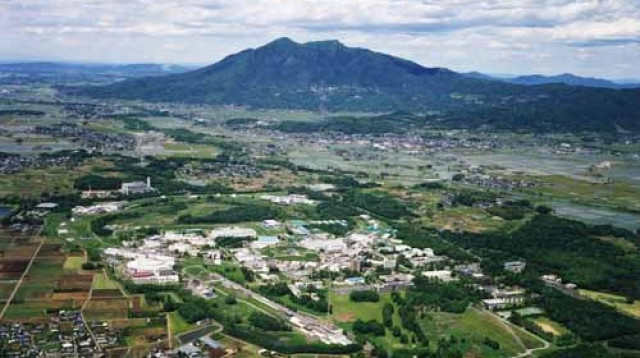Pakistani physicist may have discovered "new form of matter"
Research work carried out by a young Pakistani particle physicist may lead to the discovery of a "new form of matter".

Jamil Aslam is a faculty member of the Physics Department at Quaid-i-Azam University (QAU), while the other two physicists are working in Deutsches Elektronen Synchrotron (DESY), the biggest German research center for particle physics.
Jamil Aslam and his team members -- Ahmed Ali and Christian Hambrock -- analyzed the data collected by the KEK particle collider in Japan during an experiment known as Belle and claimed the discovery of tetraquark particles that consist of four quarks instead of the usual two (quark-antiquark) and three quark ones.
A quark is an elementary particle and a fundamental constituent of matter. "Though it is not conclusive, however, the analysis made in paper supports the evidence of tetraquarks and if it is proved in Belle experiments, scheduled for later this year, it will introduce a new form of matter," said a member of the team.
Both Dr. Jamil Aslam and Dr. Ahmed Ali are PhDs from the Physics Department of QAU, and are students of prominent Pakistani theoretical physicist and eminent scientist Professor Dr. Riazuddin.
Commenting on the work of his ex-students, Riazuddin remarked that the work is highly significant in its ability to explain certain anomalies in the experiments that could not be explained within the framework of the standard quark theories.
"The tetraquark model if confirmed would imply the existence of exotic states of fundamental particles," he said.
The research work done by the group was published in Physical Review Letters, a well reputed physics journal, and has been selected for special mention in notable journals of science including Institute of Physics (IoP), Physics Today and New Scientist.



















COMMENTS
Comments are moderated and generally will be posted if they are on-topic and not abusive.
For more information, please see our Comments FAQ